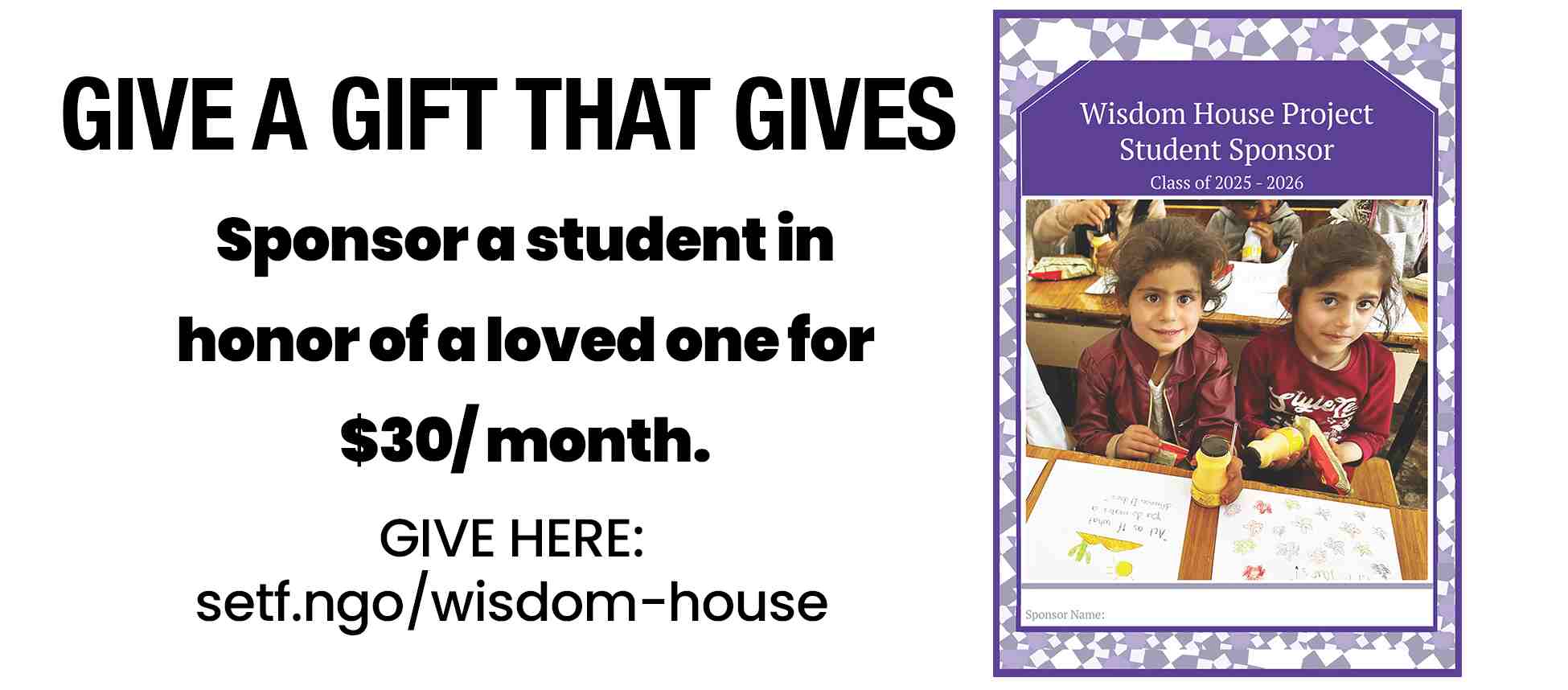Syria Background
Filmmaker and humanitarian, M. Night Shyamalan, provided this video to help tell the actual story behind the conflict in Syria, released by SETF during the 10th anniversary
In February 2011, seventh-graders in Syria wanted to show solidarity with pro-democracy protests across the Middle East and North Africa, a region-wide political revolution known as the Arab Spring.
With a can of spray paint, the students went to their school in Daraa, a city in southwestern Syria just a few miles north of the border with Jordan.
At that time, decades-long dictators in Tunisia and Egypt had already ceded power in response to the protests, to the surprise of regional and international spectators. The four seventh-grade students in Daraa had heard about the fall of the Tunisian and Egyptian dictators on TV. So, they decided to scrawl a message to their own iron-fisted leader across a sandy-colored wall at their school.
“Your turn next, Doctor,” read the graffiti, which referred to the president of Syria, Bashar al-Assad, and his former occupation as an ophthalmologist. The Syrian police soon detained and tortured 15 students from the school. One 13 year-old boy later died from the wounds inflicted on him.
The imprisonment and torture of these children led to protests in the city of Daraa. And these protests turned into a country-wide revolution. The war has displaced more than half of Syria’s population and killed more than 500,000 citizens. To this day, the Syrian conflict remains one of the world’s worst humanitarian crises.
Read the entire story of the Syrian Revolution here – https://storymaps.arcgis.com/stories/4b0211e66b134c1e9f02e7a125ecb4bb
Read more about Reality of what’s happening in Syria


